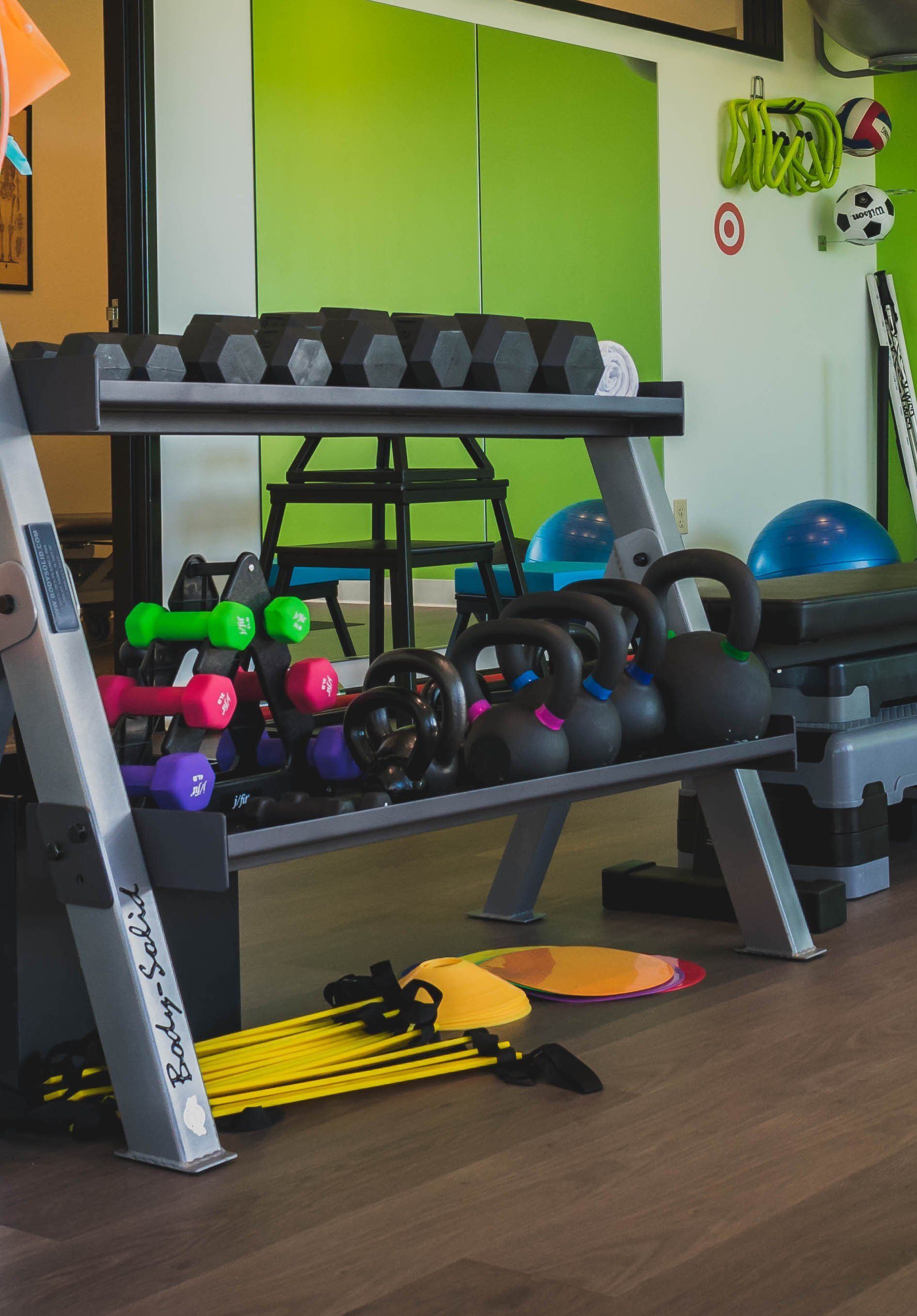Pulled Groin
Groin Injury Treatment
Groin injuries, tears, or a “pulled groin” may occur during high-demand sports like soccer, basketball, or any activities that involve sudden directional changes or a lot of jumping and landing. Tears in the muscles are a result of overextension and often lead to pain and inflammation. Groin injuries may be the product of an overuse of the muscles or it could be a sign of weakness in another part of the body requiring the groin to overcompensate. Groin pain is a bit complicated to diagnose as pulled muscles, ligaments, and tendons elsewhere in the leg may result in a pain in the groin. When groin pain is present, it’s important to first pinpoint the source and reason for the problem.
Where Is My Groin Pain Coming From?
Your groin area is supported by your abdominals, hip, buttock, and lower back muscles which all work together to give you a controlled gait. Any muscle imbalance in these areas may easily lead to groin pain. Groin pain may be the result of repetitive motions or the overuse of muscles, or due to a pulled muscle in a secondary area surrounding the groin.
When Should I Seek Treatment For My Groin Pain?
Symptoms of a pulled groin may include difficulty walking, tightness, swelling, or spasms in the groin region. As mentioned earlier, your body is great at compensating and your pulled groin can lead it to overutilize other muscles and cause downstream issues with altered body mechanics. If you still feel groin pain after a couple of days, you should definitely seek out treatment to address the problem.
How Can Physical Therapy Help With My Groin Pain?
Your physical therapist will take a comprehensive look at your body mechanics to properly pinpoint the cause of your groin pain and develop a custom treatment plan to meet your goals. They have many tools in their “toolbox” and may use techniques such as:
• Manual therapy to manipulate muscles in the groin area to increase your hip and leg range of motion and massage any damaged muscles.
• Custom exercises to stretch and strengthen muscles of the groin and surrounding areas of the lower back, hamstring, and hips, to promote faster healing and to decrease the likelihood of re-injury.
• Gait analysis to identify muscle imbalances and make sure you’re not applying excess strain on your groin area.
Physical therapists can provide the necessary tools to prevent and/or treat a pulled groin, allowing you to return to your favorite activities pain-free and better than ever! To learn more about how to prevent groin pain injuries or to eliminate any current discomfort, book a physical therapy assessment today.
